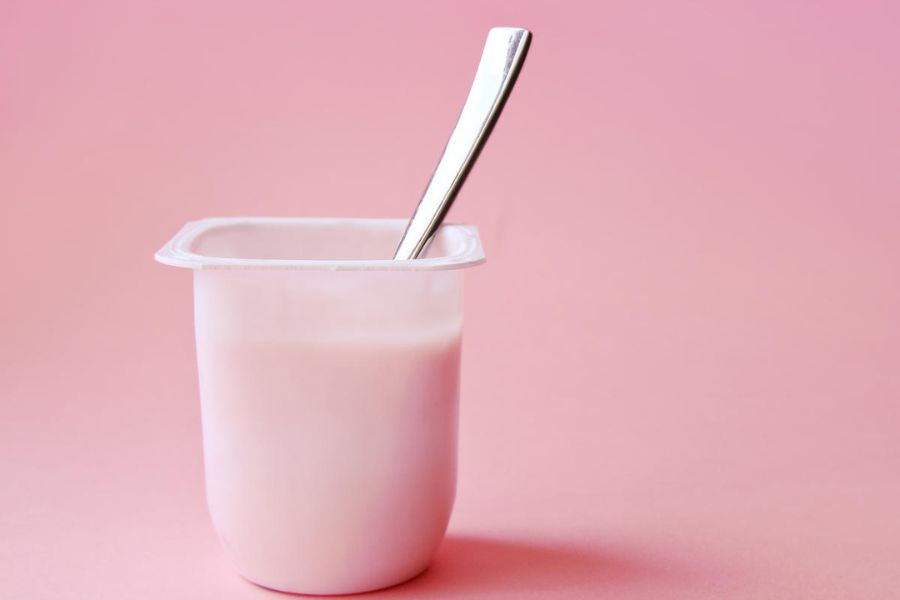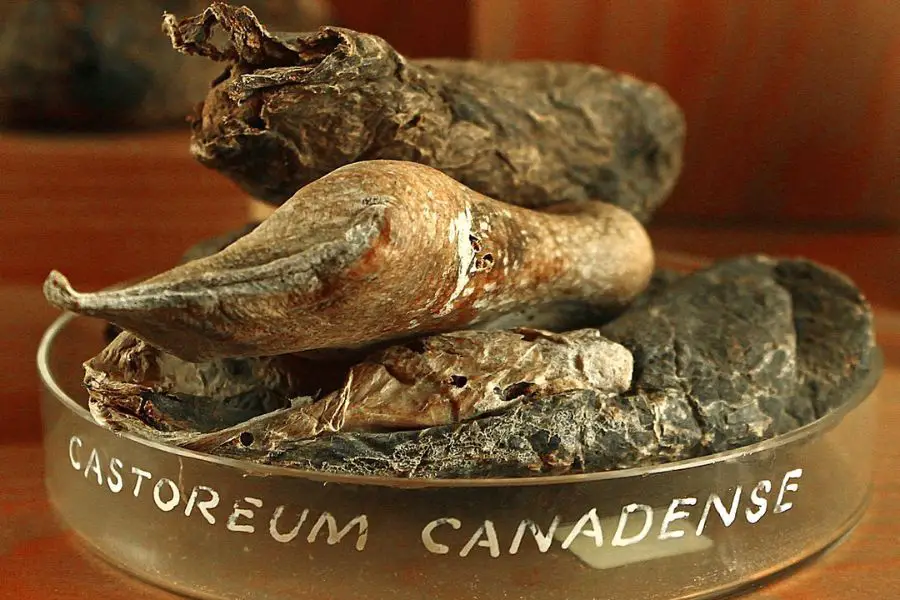Natural flavors have a certain kind of image attached to them – that they are these organic, healthy, naturally extracted essence from nature, i.e., plants and animals. Do you think that a fruit is peeled and squeezed into the concerned product to provide it with the flavor? Do you pick up a certain product in a grocery store just because it contains “natural” flavors? Well, if it’s a yes, you’re in for a big, big surprise! Let’s start with the ingredients these flavors contain.
What Are Natural Flavors?

As per the US Department for foods and drugs, “natural flavors are those flavoring chemicals that get their aroma from plants, trees, bark, meat, eggs, buds, fish spices, etc., that are distilled, fermented or somehow manipulated in a laboratory.” The main aim is to maintain the flavoring and not to add any nutritional value to it. The focus here is not on health per se. They are different from “artificial” flavors that use man-made chemicals in their making.
But, you see, the problem here is this definition for natural flavors is to give strict adherence only in cases of “organic” natural flavors. In the case of non-organic natural flavors, the department doesn’t strictly regulate the addition of certain other substances to it. Dozens of other preservatives, solvents, emulsifiers, and chemicals are allowed to maintain this aroma. So, these so-called natural flavors are not exactly healthy. There’s only a slight difference between these flavors and the artificial ones.
The Truth Behind Natural Flavors

What do you look for when roaming around in a store, picking up boxes, and analyzing them? A survey from FONA International Inc found that 89% of consumers believe the term “natural flavors” qualifies as some organic, nutritional substance. The terms “sustainable,” “natural,” and “functional” on packaging build this kind of perception among consumers. They think it is beneficial for their body and health, which isn’t the case, more often than not.
Non-disclosure of the ingredients of natural flavoring on the product by food and beverage manufacturers is the leading cause of all the misconceptions. On top of that, they can not necessarily be held accountable for it. You automatically assume that “natural” would go hand-in-hand with “healthy” or “nutritional.”
Are Natural Flavors Healthy?

Well, it doesn’t add nutritional value to your diet. But that wouldn’t necessarily mean eating toxic or junk food. However, these kinds of flavoring chemicals are often used to make the product “tasty” and “addictive.” And, as a result, increase their overall sales. So, it is not the product that, in turn, becomes unhealthy; rather, it considerably increases your unhealthy cravings and midnight snacking. These potentially contain high levels of sodium and salt to fulfill that purpose.
So, you can go ahead and have it but make sure not to go overboard. These natural flavors contain excitotoxins that trick our brains into overeating. That’s why we could never eat just one or two nachos or two chips a day!
Other health-related issues that have been seen by their excessive consumption are obesity, headaches, migraine, inflammation, severe pain, retinal damage, restricted neurological development, and brain lesions. Scary, huh?
Disturbing Sources Of Some Natural Flavors

Ever wondered where vanilla comes from? It is made up of a “natural flavor” called castoreum, also used in making strawberry flavor. This is extracted from the castor sac of beavers. Now, what is that? One might wonder. It’s found on the back of the beavers. This sac secretes spray that is used by them to mark their territories. This spray is fused with anal gland secretions and urine to make your tasty vanilla flavor. Does it leave a bad taste in your mouth too? Ugh, yuck!
And, yes, isinglass is extracted from the bladder of the fish, sturgeons. Since these both are extracted from animal sources, beavers and fish, that are considered natural, these come under the box of “natural flavors.” This loophole is used by many food and beverage companies to compete in the market at our health risks. These are done by manufacturers, as putting natural ingredients in the product would cost a fortune to them, whereas these methods are more cost-effective.
How To Know What Actually Is In That Natural Flavor Infused Product?

Well, unfortunately, you can’t know the ingredients. The US food and drug administration usually doesn’t require food companies to put a list of ingredients right next to the “natural flavors” label unless it is a common allergen like milk, fish, egg, shellfish, tree nuts, peanuts, wheat, or soy. In that case, they must put a disclaimer below the ingredient list. However, if you’re allergic to soy, meat, or another uncommon allergen, it’s best to contact the manufacturers.
But the good news is that many companies are adopting a transparent approach and putting the list of ingredients next to the flavor. It’s a way up ahead from here now. The implied rule of disclosure of ingredients must be strictly adhered to.
So, the next time you’re out, attracted to a naturally flavored product, do give a call to its manufacturers or best avoid it and buy some whole-grain wheat bread, fresh fruits/food from the transparent companies you’ve faith in.
